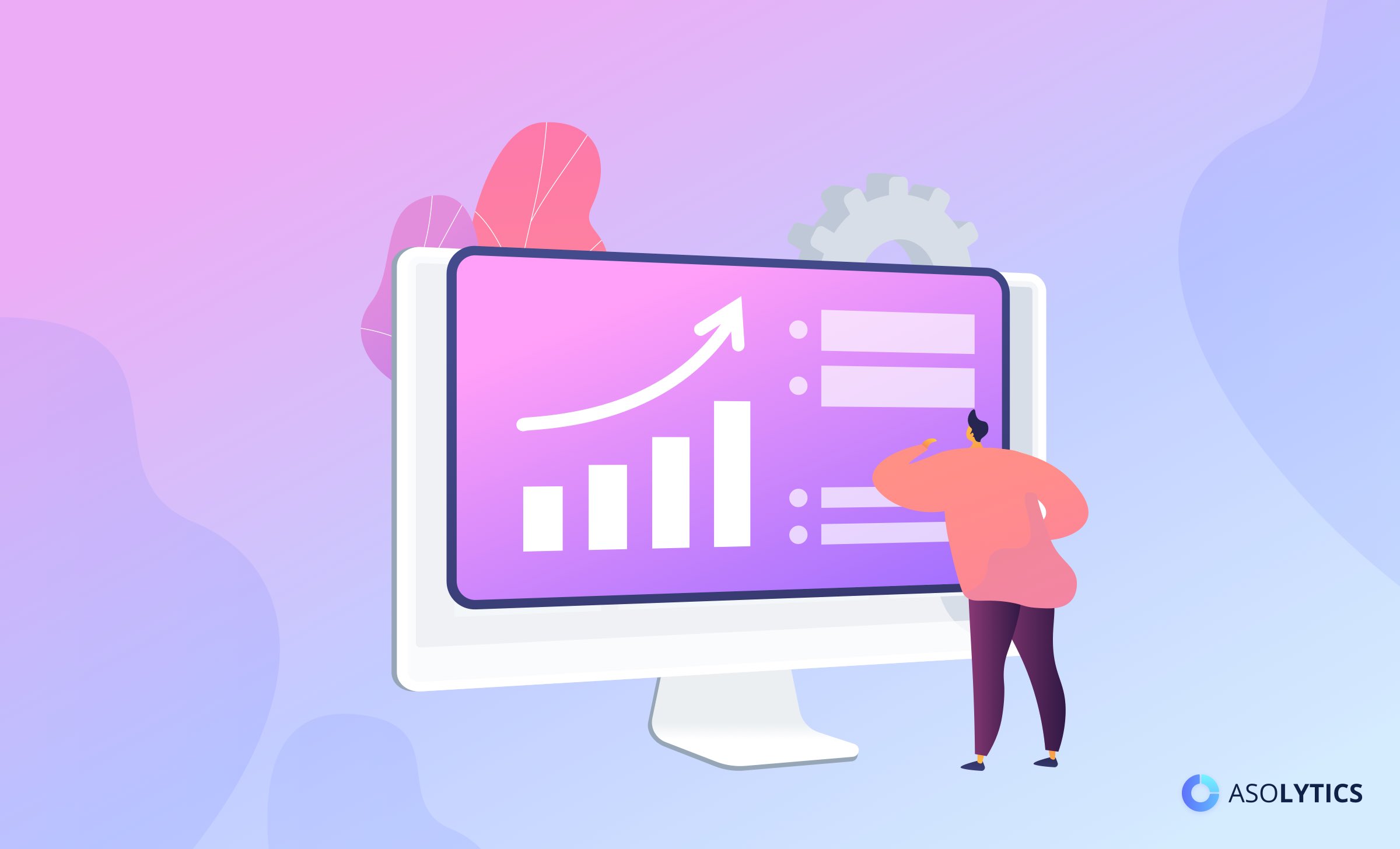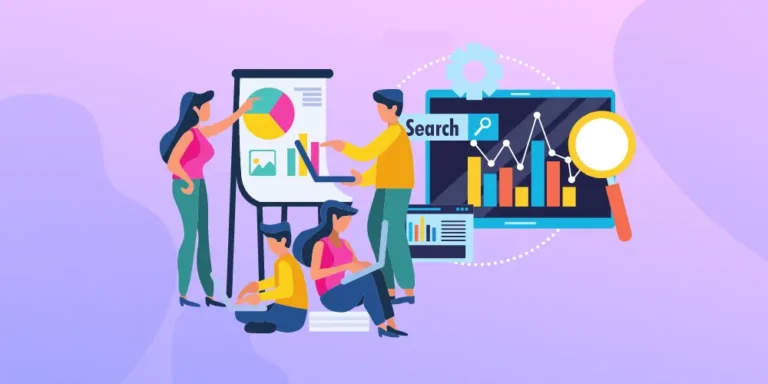Your mobile application is sleek and functional. You’ve perfected every feature and made it visually appealing before launching it on the Apple App Store or Google Play. But how do apps get popular once they go live in these crowded digital marketplaces? What steps can you take to ensure your product stands out and attracts users?
With competition among App Store apps soaring, relying solely on traditional ASO techniques may not guarantee the necessary number of downloads. That’s where advanced strategies, such as in-app purchase optimization, come into play. By optimizing your in-app purchases, you can enhance user engagement, increase conversions, and maximize revenue, ensuring your app’s long-term success.
Table of Contents
Apart from optimizing your metadata and polishing your product page’s visual elements, there is another robust tool you should consider utilizing – In-App Purchases (IAPs). If carried out properly, your IAP ASO efforts can yield marvelous results, giving your app more visibility in a short time.
If you do not know much – or anything – about IAPs and have no clue about how to use those to boost your ASO strategy, keep reading this post. Our Asolytics experts will explain what In-App Purchases ASO is, why it is such a big deal, and how it helps make your application more appealing and desirable to Apple App Store and Google Play Store users.
How to Maximize Your ASO Efforts with In-App Purchase Optimization?
With your App Store product page keywords updated, app title and description streamlined, and creative assets polished and split-tested, it is now time to focus on some lower-priority tasks. More specifically, you need to pay attention to optimizing your in-app purchases that, surprisingly, can turn out to be your best secret ASO weapon.
While we will not go through every detail on HOW to create and launch IAPs for Google Play and Apple App Store (we’ve prepared detailed instructions for you to increase the visibility of your product), let us talk about WHAT in-app purchases are and how they can improve your app’s search exposure. We will also cover some of the best in-app purchases optimization cases that might serve as a source of inspiration when you are designing your own IAP ASO strategy. Continue reading to find out what in-app purchase optimization is and how in-app purchases work.
What Are In-App Purchases (IAPs)?
In-app purchases (IAPs) are a widely practiced monetization model where additional digital content or products are sold to users within mobile apps or games. IAPs offers mobile app developers an easy way to profit from their free-to-download iOS and Android products by prompting users to spend money on add-ons, recurring subscriptions, premium features, and various app unlocks.
In-app purchases serve two purposes: to offer users a more polished experience and to earn revenue for developers. Part of that revenue then goes toward enhancing and improving their products.
In-app purchases can also help put an end to annoying and invasive ads. To avoid ads that irritate and put off users, often causing those to abandon the free app or game, many developers opt to lock certain extra content or services with IAPs. When used wisely, in-app purchases give access to extra content without affecting the overall user experience.
In-app purchases have become a true mover and shaker of the mobile app economy, completely changing how apps make money and provide free experiences. Thanks to IAPs, users can now easily pick what they like and pay only for the things they enjoy most.
Types of In-App Purchases in Apple App Store and Google Play Store:
There are three types of IAPs found on the Apple App Store and Google Play Store:
- Subscriptions allow mobile app/game users to access certain content or services within an app for a set length of time in exchange for a fee. Subscriptions are the most popular in-app purchases when compared to other types. Subscribers enjoy benefits like ad-free viewing or playing experiences, time-limited or premium content, and more frequent updates. This is how app developers make sure their users receive ongoing value in exchange for their investment. This model provides developers with a steady and predictable source of revenue, which, in turn, gives them the needed financial resources to continue to enhance and improve the app.
Examples of the most popular apps utilizing this IAP type include Netflix, Spotify, Disney+, Amazon Prime Video, Apple Music, and The New York Times.
- Consumable purchases include items like in-game currency or additional health points that offer a one-time improvement of the gaming experience. They are perfect for those willing to make an occasional small investment to get an instant gameplay boost but who are not yet ready to commit to a full-fledged subscription.
Examples of the most popular apps utilizing this IAP type include mobile games like Clash of Clans, Candy Crush Saga, and Subway Surfers, where players purchase in-game currency, power-ups, and extra lives to make their gameplay more dynamic or enjoyable.
- Non-consumable purchases are a type of IAP where the user pays to unlock some premium features (bonus game levels, ads removal, pro edition upgrade) for permanent use. Non-consumable purchases have no expiration date and can be transferred between devices associated with the same account. This IAP model is great for users who want to make a one-time purchase to perpetually access valuable content or features.
Examples of the most popular apps utilizing this IAP type include Minecraft, Alto’s Adventure, Monument Valley, Dark Sky, TouchRetouch, and AdBlock Plus.
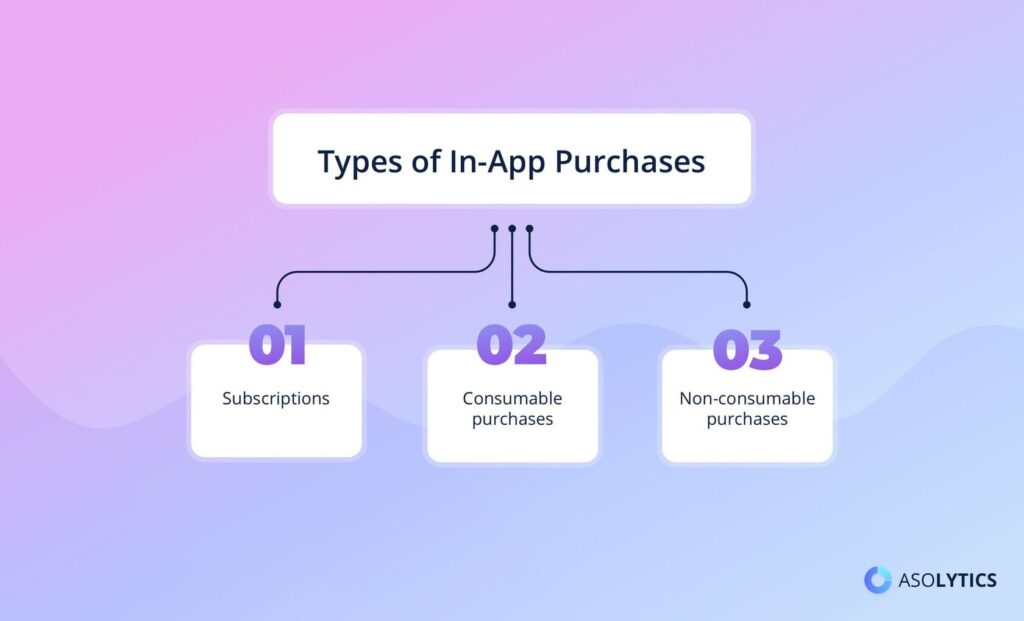
Appearing in multiple App Store locations, such as app store lists and search results, in-app purchases are also a valuable source of semantics for your mobile application ASO.
How Does IAP ASO Help Boost Your Search Visibility?
When you add IAPs onto your application product page, they appear in organic search. It is beneficial for several reasons:
- Indexing for easier discovery: the information about your in-app purchases is indexed in search results, making your app more visible and accessible to a broader audience. This noticeably increases the chances of users discovering your product when searching for similar content.
- Expanded visual presence: your in-app purchase captures more visual real estate, and your app description expands to cover the user’s whole search results screen at once. This extended visual presence is highly effective in grabbing the user’s attention and encouraging them to explore the app further.
- Boosted potential for conversions: the increased visibility offered by IAPs often translates into enhanced conversion rates. Not only does it work by attracting more eyes to your product but also makes those viewers more likely to take the next logical step and click through, download, and actively engage with your app.
- A more comprehensive preview of the product: IAP ASO does not just offer a brief sneak peek – it provides a comprehensive preview of your app, its key elements, and potential value for the user. Users can see all that your app does and offers, which helps them make a smart and confident choice about whether or not they should download and use it.
- Traditional ASO technique reinforcement: when paired with traditional ASO techniques such as keyword optimization or app title refinement, IAP ASO becomes a powerful tool. The enhanced visibility and promotional strengths of IAPs combined with tried-and-true ASO strategies help form a synergy that boosts your search visibility and gives you a strong edge in the competitive app market.
- Competitive edge over other app developers: apart from impacting the discoverability of your product, IAP ASO can provide a competitive edge in the crowded app marketplace. With your app standing out more prominently in search results, it is more likely to be chosen by users. And when it is easy to discover and compelling enough to explore, downloads and conversions will follow.
- Increased user engagement: users who find your app through IAPs are more likely to engage with it because, this way, they have a more comprehensive and clearer understanding of what your product does and offers. In the end, it leads to longer app sessions, higher user retention, and more positive reviews.
It is clear from the above that using IAP ASO can make a big difference for your app by helping your product get noticed more easily within app stores, providing a better preview for users, and improving its app’s overall performance. So, integrating IAPs into your ASO strategy is a move that promises success in the competitive world of mobile applications.
Is IAP ASO the Right Tactic for Everyone?
IAPs are not a tool anyone can or should use. Nevertheless, if you are confident that your target audience will appreciate certain digital content or features, you can consider hiding those behind in-app purchases. If performed correctly, it can benefit your app revenue model immensely and solve the problem of how to get people to use your app. It is crucial that you do not tie up too much content into IAPs as it may upset your users, leading them to believe they have been defrauded, which will negatively affect the in-app purchase conversion rate. Inevitably, such an approach will result in people quitting or uninstalling the app altogether.
If you already have a well-thought-out and efficient ASO strategy set up and are now seeking ways to build up your product page search visibility, this technique could be perfect for you.
Below is a brief sum-up of the main formatting requirements and some tips on how to get your IAPs ASO to a good start on the Apple App Store:
- When working on the text-based metadata – IAP title and description – ensure that the target keywords fit in seamlessly and naturally. Stuffing keywords is the wrong way to go! Include your most relevant keywords in the title and avoid repeating them in the description:
- IAP title (display name) must be 30 characters long.
- IAP description is a maximum of 45 characters.
- Apple App Store promotions cannot exceed 20 IAPs at a time.
- Only subscriptions and non-consumables can be promoted via IAPs.
- You can tweak the order & visibility parameters for your IAPs to make them only appear to specific users (those who haven’t made the purchase yet/ those who already downloaded).
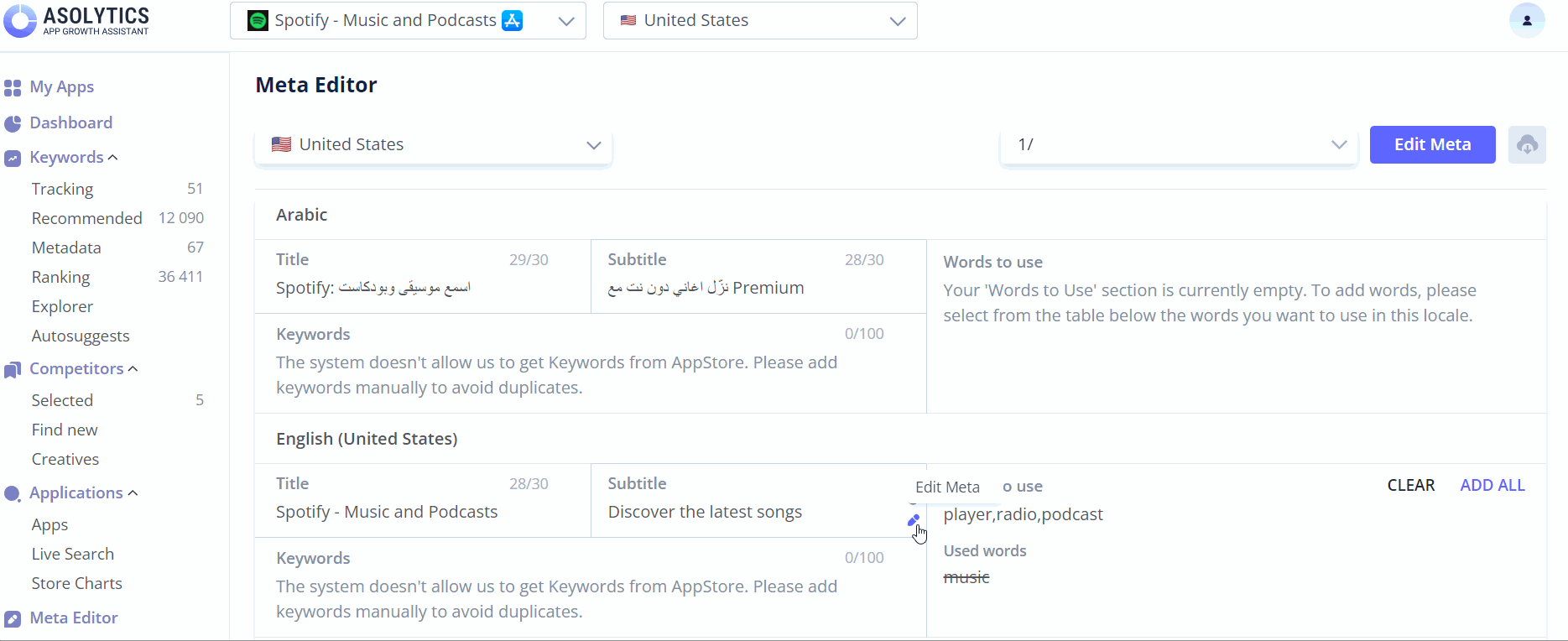
- Be creative when designing your promotional images – IAP icons – your goal is to tempt users to click on your IAP. You might want to make your IAP icons visually consistent with your main screenshots to display a coherent story with a powerful sense of your brand.
- JPG or PNG images only.
- Dimensions of 1024*1024 pixels; pixel density – 72 dpi.
- Color model – RGB.
- IAPs must support the SKProductStorePromotionController API.
Most Outstanding IAPs Optimization Case Studies to Learn From
Here are some examples of implementing a successful IAPs optimization strategy that helped brands improve their ASO performance, allowing them to occupy the top positions in app charts:
TikTok
By complementing its traditional ad-supported business model with IAPs, TikTok managed to get its users to spend over $2.3 billion on purchasing in-app digital content in 2021. It is an impressive 77% rise in consumer spending revenue compared to the previous year. One of the ways they were able to achieve it was by implementing sponsored hashtags, which allowed viewers to purchase goods that they saw in viral videos that they liked.
Key conclusion: TikTok’s phenomenal success owes to the company’s decision to implement sponsored hashtags that allowed users to purchase products appearing in viral videos. This move has boosted the app’s popularity and profitability significantly.
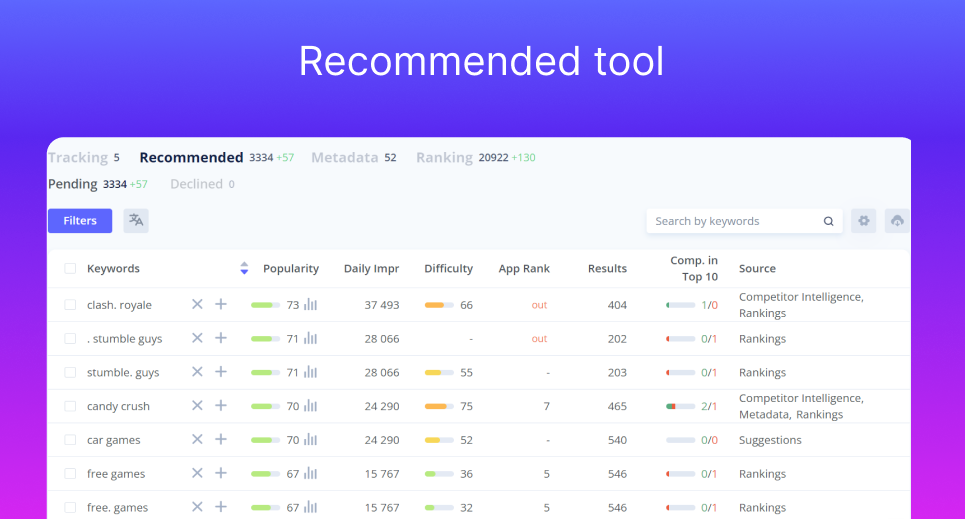
Analysis of the top apps using the Store Charts Asolytics tool
Meditopia
Meditopia is an example of how apps can improve their App Store product page visibility through adopting a well-optimized IAPs strategy. Using the App Store Promoting In-App Purchase feature, Meditopia succeeded in showcasing some of the digital goods it sells within the app, namely subscriptions. As a result, the promoted IAPs brought the app up in the search list and gave Meditopia more space on the screen, pushing the competitors down.
Key conclusion: with a solid IAPs ASO strategy, Meditopia is not only one of the first apps to surface in the App Store search results but also the one to enjoy additional visibility thanks to the Subscription. Note that when adding its IAP, Meditopia decided against specifying the direct price and opted for a free trial instead, which might have been a calculated move to prevent visitors from being put off by the price.
The Photo Cookbook
If you have ever wondered how to make your utility app popular in app stores, this one is a great example. The app product page includes IAPs that encourage users to buy various non-consumables. These non-consumable items have the following titles:
- Vegetarian – 60 recipes
- Asian – 60 recipes
When paired with the app title, these IAP titles create some very natural and pertinent long-tail keywords – vegetarian cookbook, Asian cookbook, etc. Each of these terms makes the app rank pretty high.
Key conclusion: many apps (music apps, translator apps, wellness/fitness apps) on App Store that offer subscriptions or non-consumable IAPs can benefit from utilizing the above strategy. No more guessing about how to make your app popular and more visible to app store users. The formula is simple and ever-efficient: app title with a term highlighting the most crucial product feature + IAP title keywords that narrow down and specify the keyword from the app title.
Tinder
Tinder is the leading non-gaming application in terms of overall revenue for in-app purchases. It thrives on selling premium subscriptions like “Tinder Gold” that provide access to certain much-wanted features, including curated matches, one monthly Boost, unlimited Likes, 5 Super Likes a day, and more.
Key conclusion: if you are curious about how to make your Android app popular, why not learn from Tinder? This application has been enjoying massive success among millions of Android users. Tinder stands out for its creative IAPs ASO strategy that involves monetizing premium content through in-app purchases for an enhanced user experience and increased profits.
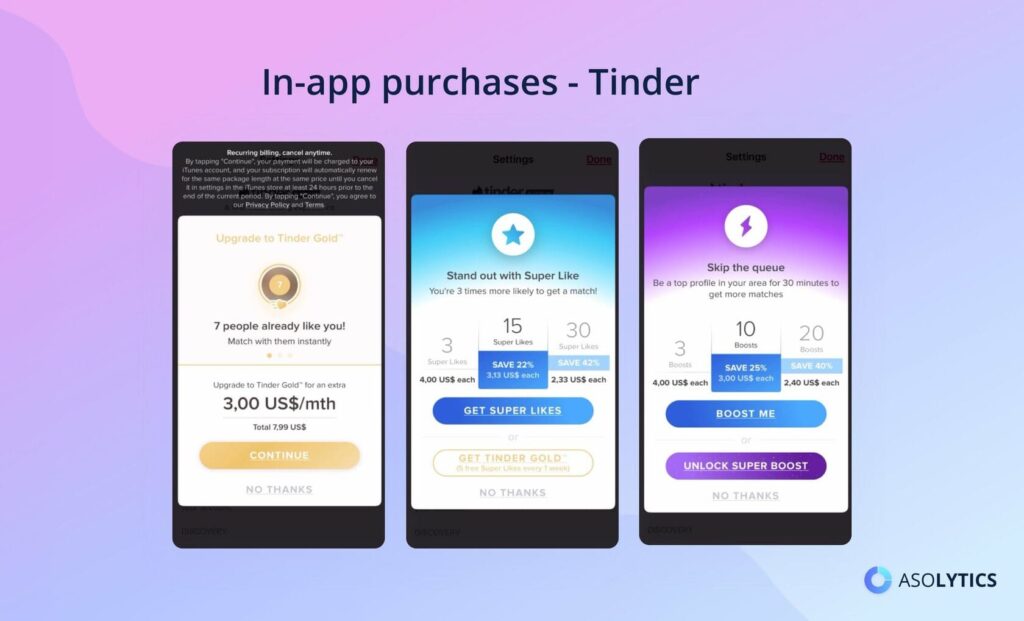
FAQs
Looks like we are almost done here, but before we wrap up, let us answer a few quick questions first. This is something our readers might want to take with them:
How do apps become famous?
Apps can be made famous through a combination of traditional ASO techniques and the well-calculated use of In-App Purchases (IAPs) to enhance app store visibility. IAP ASO helps apps stand out and claim more visual real estate in search results.
How hard is it to make a popular app?
Building apps that will enjoy enhanced popularity in app stores is challenging because of increasing competition. One way to achieve this is to effectively utilize in-app purchases and strategies like IAP titles targeting long-tail keywords to enhance visibility and discoverability.
How do apps gain customers?
Apps get more customers by employing IAP ASO to increase their visibility in search results of various app stores. With well-optimized in-app purchases and an attractive value proposition, apps can gain and retain users, leading to higher profits and success.
If there are other questions on your mind that might not have been covered sufficiently, do not hesitate to reach out to us directly. Asolytics pros are always here to assist you and help make your product a huge success story worth sharing with the rest of the world.
Top 6 App Store App Visibility Mistakes to Avoid
Now that we have extensively discussed what IAPs are and shared some tips on how to make your app game more popular, let us focus on what not to do if you want to boost your app’s visibility and discoverability in app stores:
- Neglect ASO entirely: failing to leverage the benefits of app store optimization is one of the biggest mistakes a developer can make. Ignoring things like keyword research, app title/description optimization, and user reviews can seriously damage the app’s visibility and popularity.
- Ignore user feedback: not listening to your users or responding to their concerns and feedback can result in negative reviews and a decline in your app’s popularity.
- Fail to provide regular updates: app stores hugely favor apps that receive regular updates. Being inactive and failing to provide new content, features, or bug fixes can lead to stagnation and decreased popularity.
- Overload the app with ads: striking the wrong balance between monetization and user experience and packing your app with too many ads can annoy users and drive them away.
- Have poor app icons and visuals: one of the first things to discourage users from even trying an app is when the developer fails to make their app icons and creatives visually appealing.
- Forego competitor analysis: by not following your competitors, you risk losing out on strategies and features that work really well for others in this business.

Use the Competitors tool in Asolytics to find all the similar apps in your niche
Avoiding these mistakes will help you create a more popular and successful app and stay competitive in the world of app stores.
Embrace IAPs to Boost Rankings
To sum up, any mobile application that offers in-app purchases today should embrace the unique opportunity to promote its IAPs on Google Play and App Store. Paired with text optimization, it will increase your product’s search ranking and enable you to inform your users of the app’s paid options before the installation.
Here are key takeaway points that summarize what has been mentioned above:
- Combining traditional ASO methods with IAP ASO improves app visibility and user acquisition.
- Of all IAP metadata elements visible to the user, the IAP title is the only one indexed in the Apple App Store. Keywords used in the IAP description are ignored.
- IAP title has the lowest weight of all indexed App Store keyword placements.
- IAP titles on Google Play are also indexed and can contain up to 55 characters per IAP.
- It is best if your IAP titles target long-tail keywords.
- IAP icon is a further opportunity to visualize your IAPs content.
Now you know why you should use IAPs ASO tactics to create additional visibility for your app. We have also given you some great examples of how other companies have done it successfully. All that is left is to work out an efficient IAP ASO strategy that would meet the unique needs of your product and achieve the targets you set for it. Feel free to refer to other Asolytics guides for tips on how to launch Google Play and Apple App Store IAPs.
A Few More Words Before We Say Goodbye
Make sure you never miss our expert blog posts on app optimization. Here, we regularly cover all the most interesting and useful stuff related to mobile apps, from the latest ASO trends and insights to practical tips for app marketing. Bookmark this page to stay updated!
Have thoughts to share? We greatly value our readers’ opinions, questions, and any other constructive input and will be thrilled to hear from you! Let us talk some more ASO!
Need more personalized advice on how to make your app more popular? Are you curious to know which IAPs ASO tactics will work best in your situation and with your product? Do not waste your time guessing and experimenting on your own. The Asolytics team will expertly guide you toward success, making sure you get where you want to be with your app safely and efficiently.

